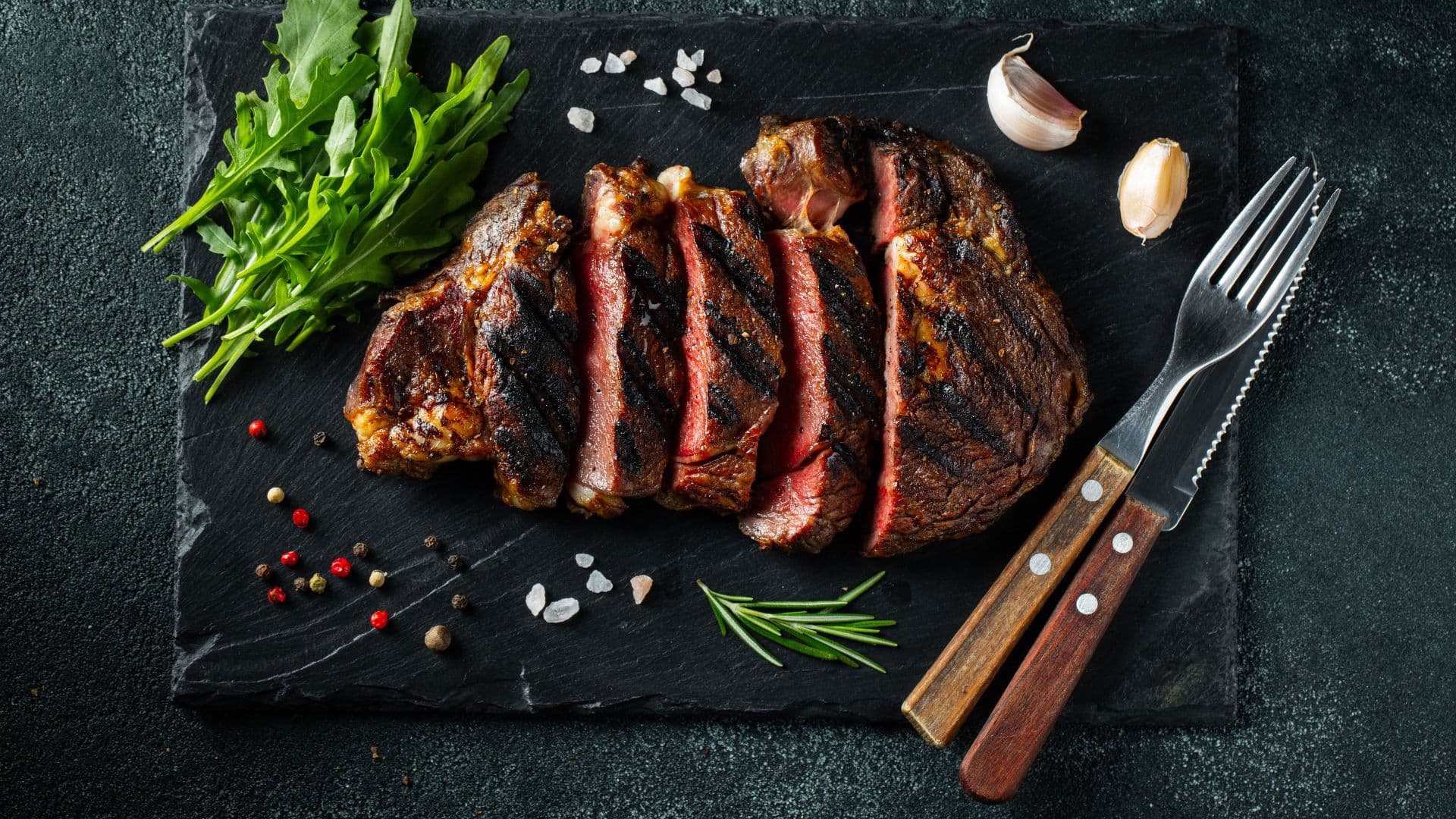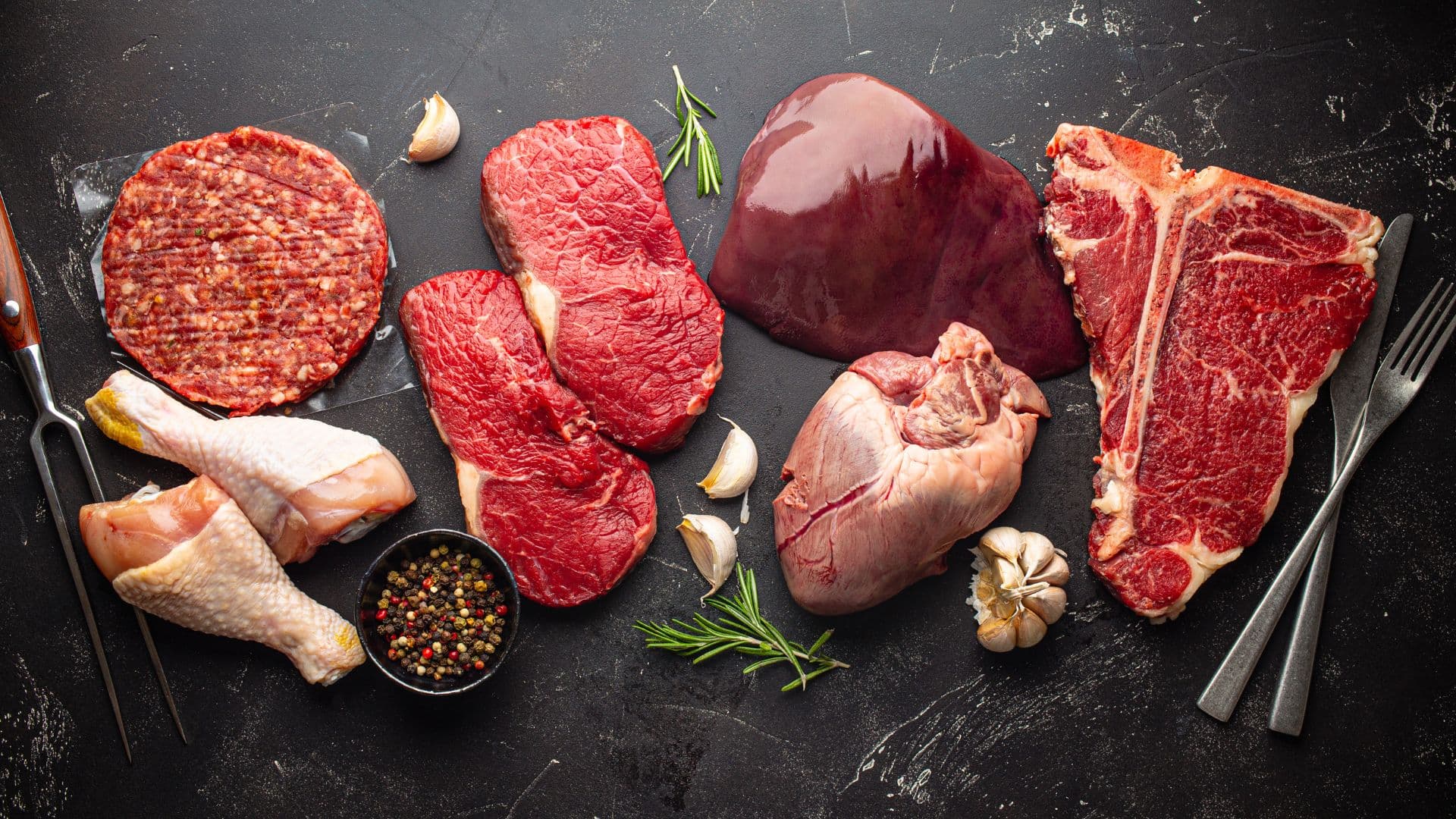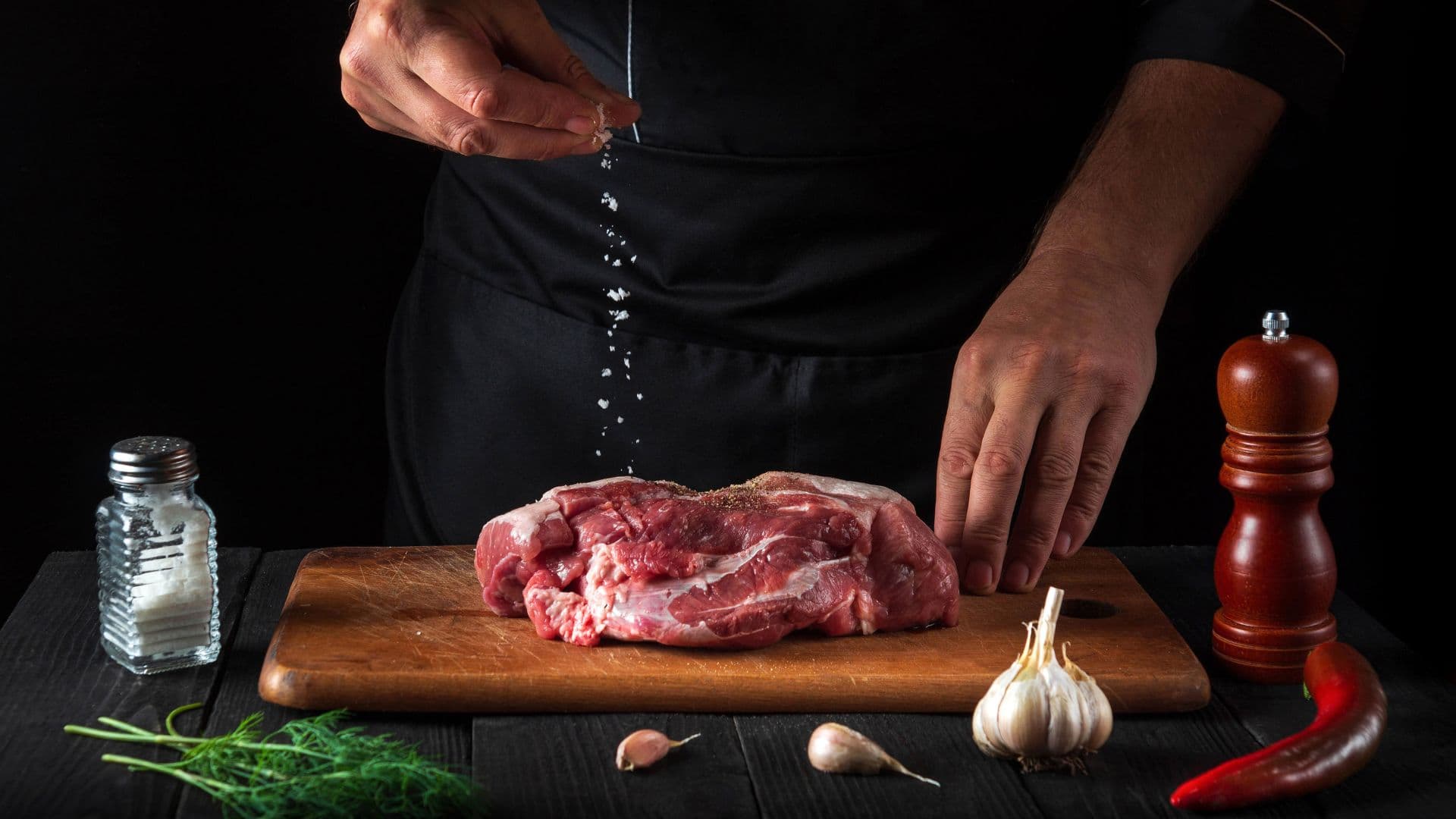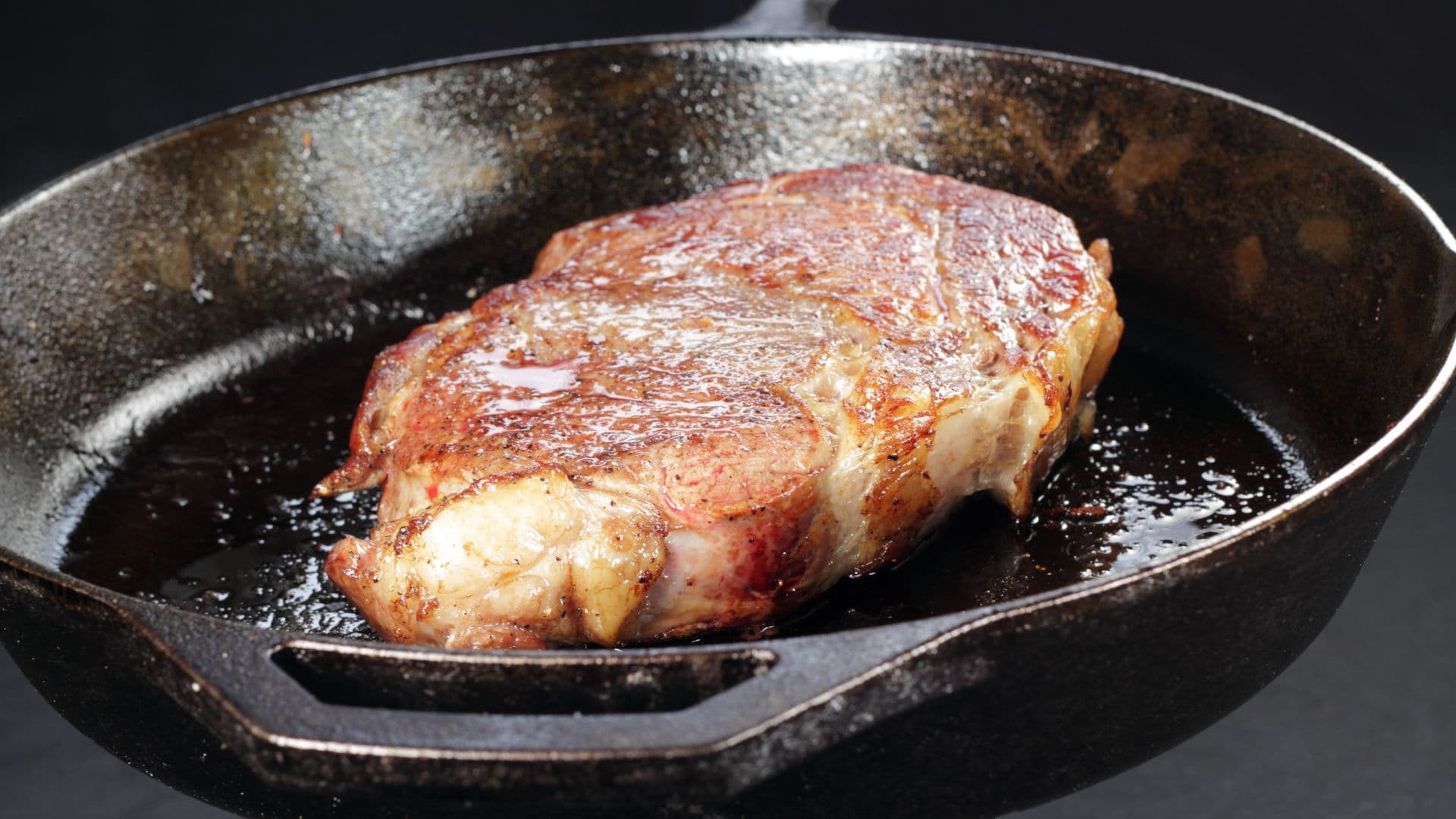Steak
Master steak cooking through understanding rather than rigid recipes. Learn how different cuts, thicknesses, and seasonings work together so you can create perfect steaks for any occasion.
Steak represents the pinnacle of simple cooking - a perfect piece of meat, properly seasoned and cooked with skill. Yet despite its apparent simplicity, steak intimidates many home cooks who worry about ruining expensive cuts or struggle with inconsistent results. This guide transforms steak cooking from guesswork into understanding by breaking it down into fundamental, mix-and-match components.
Rather than memorizing specific recipes for each cut, you'll learn how different steaks behave, why thickness determines cooking method, and how various seasonings enhance natural flavors. By understanding these core principles, you can confidently approach any steak - whether it's a splurge-worthy ribeye or an everyday sirloin - and cook it to perfection using the techniques that work best for your goals and equipment.
This modular approach reflects how professional cooks think about steak: not as separate recipes, but as applications of universal principles. Once you master these fundamentals, you'll have the knowledge to create restaurant-quality results at home, regardless of which cut you choose or what flavors appeal to you on any given day.
Equipment Needed
- Searing skillet
- Chef's knife
- Cutting board



